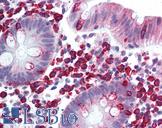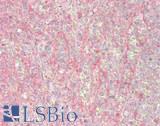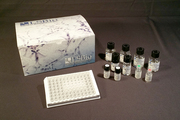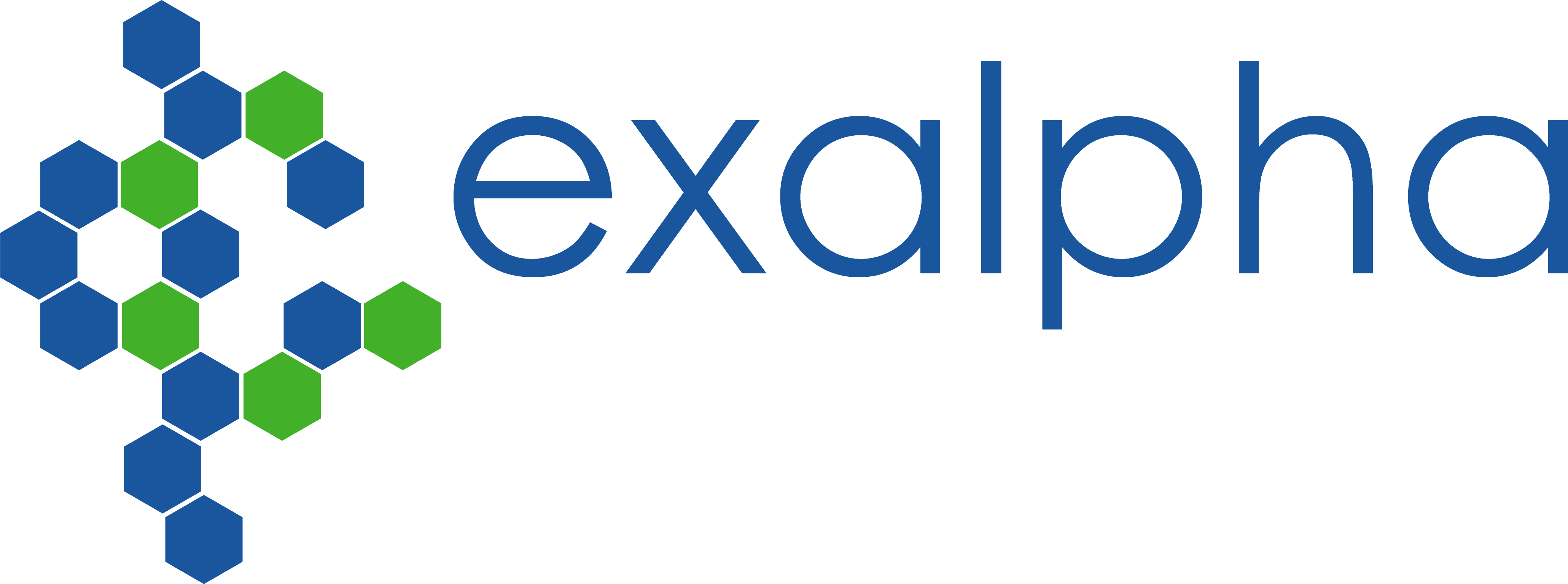Login
Registration enables users to use special features of this website, such as past
order histories, retained contact details for faster checkout, review submissions, and special promotions.
order histories, retained contact details for faster checkout, review submissions, and special promotions.
Forgot password?
Registration enables users to use special features of this website, such as past
order histories, retained contact details for faster checkout, review submissions, and special promotions.
order histories, retained contact details for faster checkout, review submissions, and special promotions.
Quick Order
Products
Antibodies
ELISA and Assay Kits
Research Areas
Infectious Disease
Resources
Purchasing
Reference Material
Contact Us
Locations
Orders Processing,
Shipping & Receiving,
Warehouse
2 Shaker Rd Suites
B001/B101
Shirley, MA 01464
Production Lab
Floor 6, Suite 620
20700 44th Avenue W
Lynnwood, WA 98036
Telephone Numbers
Tel: +1 (206) 374-1102
Fax: +1 (206) 577-4565
Contact Us
Additional Contact Details
Login
Registration enables users to use special features of this website, such as past
order histories, retained contact details for faster checkout, review submissions, and special promotions.
order histories, retained contact details for faster checkout, review submissions, and special promotions.
Forgot password?
Registration enables users to use special features of this website, such as past
order histories, retained contact details for faster checkout, review submissions, and special promotions.
order histories, retained contact details for faster checkout, review submissions, and special promotions.
Quick Order
| Catalog Number | Size | Price |
|---|---|---|
| LS-C135760-100 | 100 µl (0.5 mg/ml) | $424 |
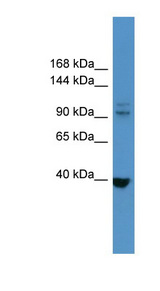
Polyclonal Rabbit anti‑Human LTK Antibody (aa233‑282, WB) LS‑C135760
Polyclonal Rabbit anti‑Human LTK Antibody (aa233‑282, WB) LS‑C135760
Toll Free North America
 206-374-1102
206-374-1102
For Research Use Only
Overview
Specifications
Description
LTK antibody LS-C135760 is an unconjugated rabbit polyclonal antibody to human LTK (aa233-282). Validated for WB.
Target
Human LTK
Synonyms
LTK | Leukocyte tyrosine kinase | Protein tyrosine kinase 1 | TYK1
Host
Rabbit
Reactivity
Human
(tested or 100% immunogen sequence identity)
Clonality
Polyclonal
Purification
Immunoaffinity purified
Modifications
Unmodified
Immunogen
Synthetic peptide located between aa233-282 of human LTK (P29376, NP_002335). Percent identity by BLAST analysis: Human, Chimpanzee, Gibbon (100%); Marmoset, Rabbit, Guinea pig (92%); Galago (85%); Mouse (78%).
Epitope
aa233-282
Specificity
Human LTK
Applications
- Western blot (0.2 - 1 µg/ml)
Usage
Western Blot: Suggested dilution at 1 ug/ml in 5% skim milk / PBS buffer, and HRP conjugated anti-Rabbit IgG should be diluted in 1: 50,000 - 100,000 as secondary antibody.
Presentation
PBS, 0.09% sodium azide, 2% sucrose
Storage
Short term: Store at 2-8°C. Long term: Aliquot and store at -20°C. Avoid freeze/thaw cycles.
Restrictions
For research use only. Intended for use by laboratory professionals.
About LTK
Publications (0)
Customer Reviews (0)
Featured Products
Species:
Human
Applications:
IHC, IHC - Paraffin, Western blot
Species:
Human, Mouse
Applications:
IHC, IHC - Paraffin, Western blot, Peptide Enzyme-Linked Immunosorbent Assay
Species:
Human, Mouse
Applications:
IHC, IHC - Paraffin, Western blot, Peptide Enzyme-Linked Immunosorbent Assay
Species:
Human, Mouse
Applications:
IHC, Immunofluorescence, Western blot, ELISA
Reactivity:
Human
Range:
6.25-400 pg/ml
Request SDS/MSDS
To request an SDS/MSDS form for this product, please contact our Technical Support department at:
Technical.Support@LSBio.com
Requested From: United States
Date Requested: 4/18/2024
Date Requested: 4/18/2024

